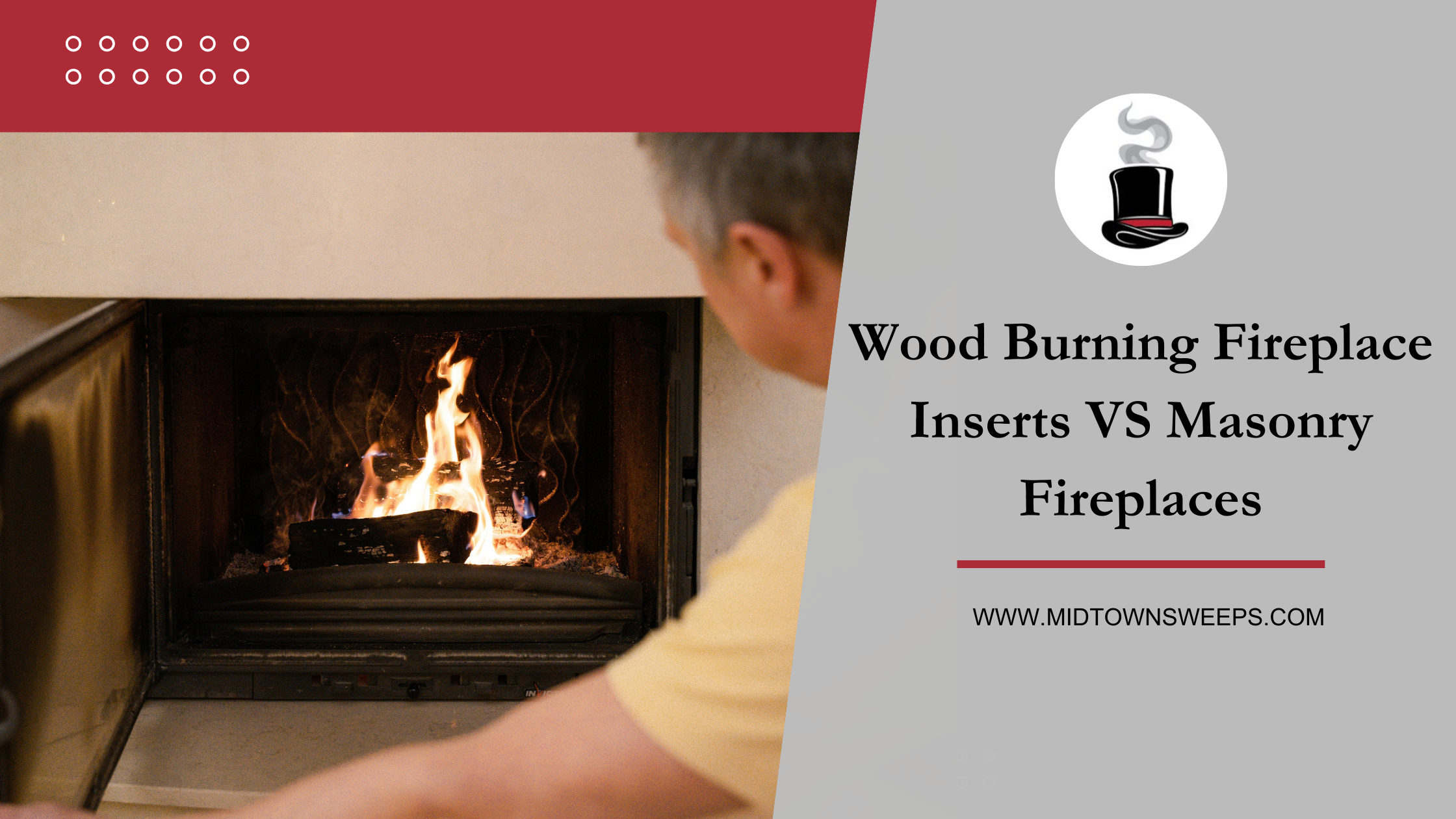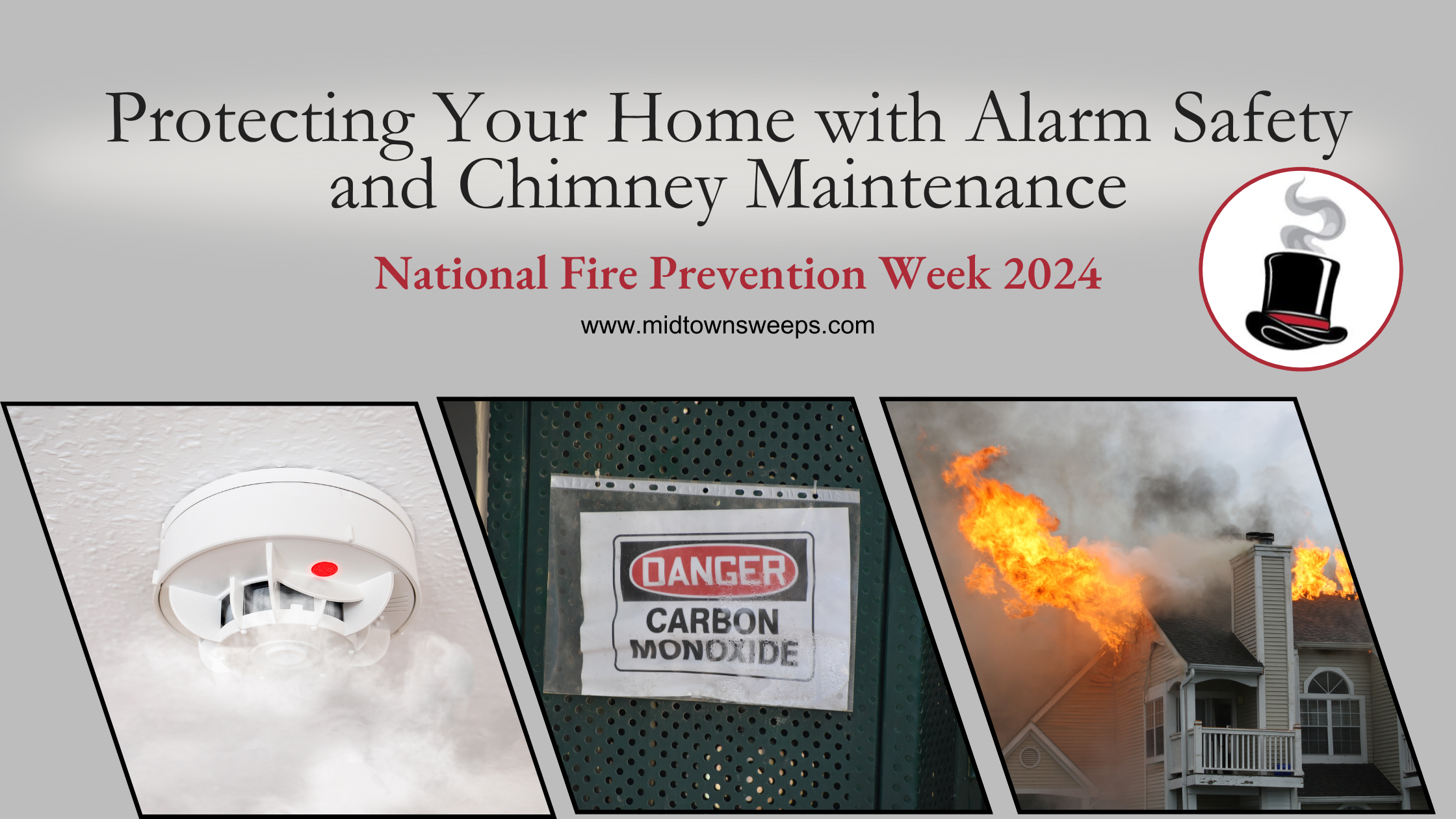Painting your chimney is not a good idea. It may add some color to the exterior of your house, but chimney paint leads to chimney moisture which will damage the bricks, your chimney, and possibly walls inside your house.
Painting Brick Chimneys
The popularity of DIY and home renovation shows helped fuel the rise of painted chimneys in the past decade. While plenty of homeowners may choose to paint their chimneys, it is essential that you know the risks and other options available.
Why Moisture Is Deadly to Bricks
Painting chimneys can damage and eventually destroy your chimney’s bricks. You may think paint protects chimneys, but it has the opposite effect. Covering your chimney with paint seals the pores inside the bricks. Moisture needs to escape the bricks but gets trapped in their pores once a chimney is painted. This creates chimney moisture which can cause serious risks.
Why Painting Your Chimney is a Moisture Risk
Chimney moisture can cause the mortar in between bricks to deteriorate. When enough mortar breaks down, it puts the integrity of a painted chimney in danger. In some cases, the trapped moisture inside a brick chimney can cause it to crumble or, in extreme cases, collapse.
A painted chimney may also lead to problems inside your home. A lack of mortar on your painted chimney makes it easier for moisture to make its way inside. This interior water can lead to mold, peeling walls, and stained walls.
The chimney moisture trapped inside the bricks becomes an even bigger problem in the winter months. During the natural freeze/thaw cycle, the bricks inside the painted chimney will expand and contract to create fatigue in the bricks. This is more likely to cause them to break down or deteriorate.
Chimneys without paint also expand and contract because of the freeze/thaw cycle. But a lack of paint prevents water from saturating the bricks to protect chimneys from moisture better as they age. Chimney paint can also hide problems beneath the surface. The paint may be the only thing holding broken bricks together.
How Can I Protect My Chimney?
There are many ways to protect chimney integrity. The Chimney Safety Institute of America’s top suggestion is investing in regular maintenance. The organization recommends an annual CSIA-certified chimney sweep for soundness, freedom from deposits, and correct clearances.
Waterproofing is another top recommendation to protect chimneys from the weather, including rain, sleet, and snow. Sealants are one common method. They prevent almost all chimney moisture from being accumulated inside the bricks. You will want to use a vapor-permeable sealant so air, smoke, and chimney gases can still escape.
Chimney caps are another suggestion. They will keep water from entering the chimney flue and causing damage to inner components. But a cap will not stop moisture from building in bricks if you have a painted chimney.
You can still add color without chimney painting. There are brick staining companies you can hire that will protect chimney and brick integrity since the stain will not seal pores inside the bricks or cause chimney moisture.
If you are buying a house with a paint chimney, be aware that several layers could hide weak and decaying bricks. Be careful if you attempt to pressure wash or wire wash the chimney, you may end up with a pile of broken bricks.












